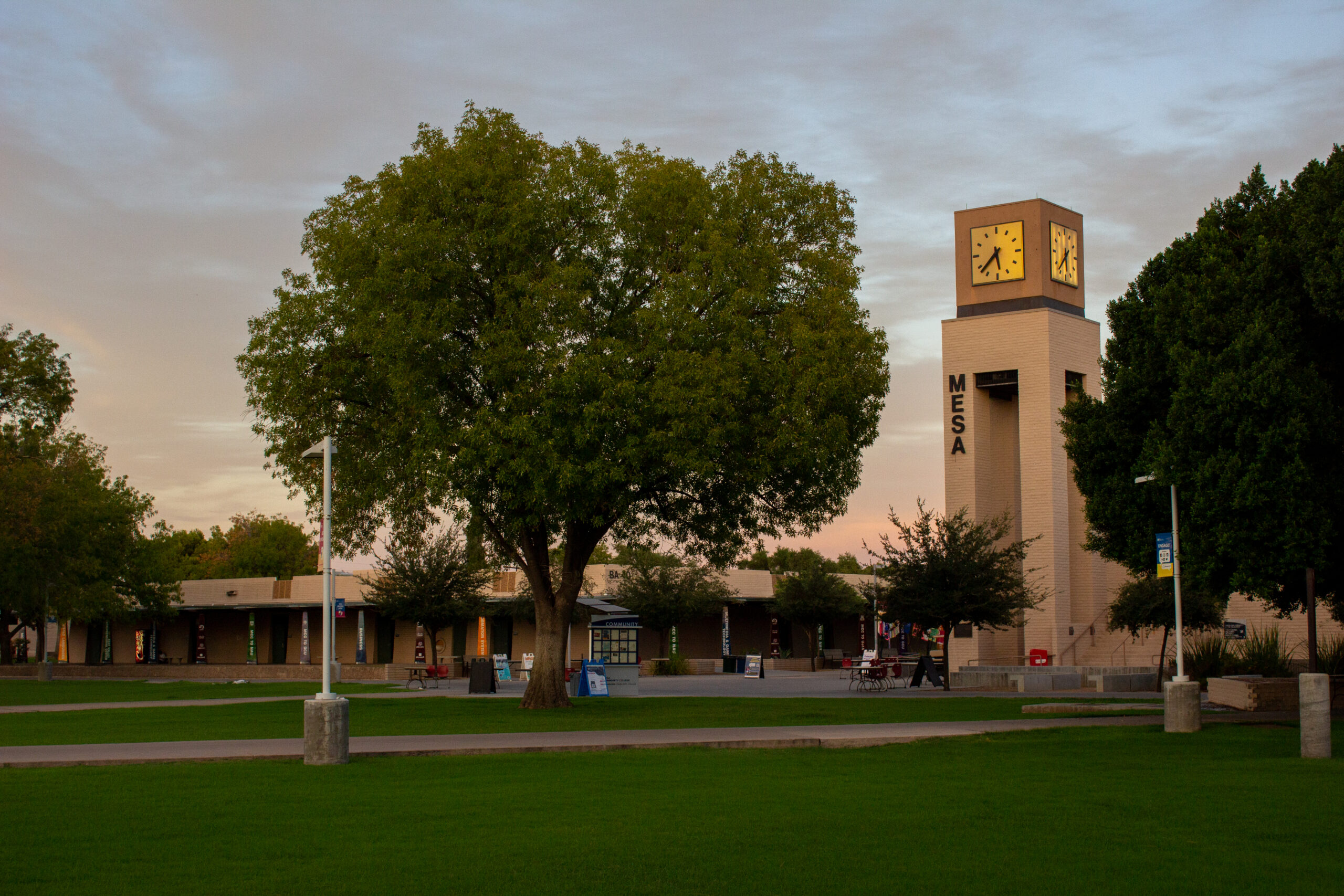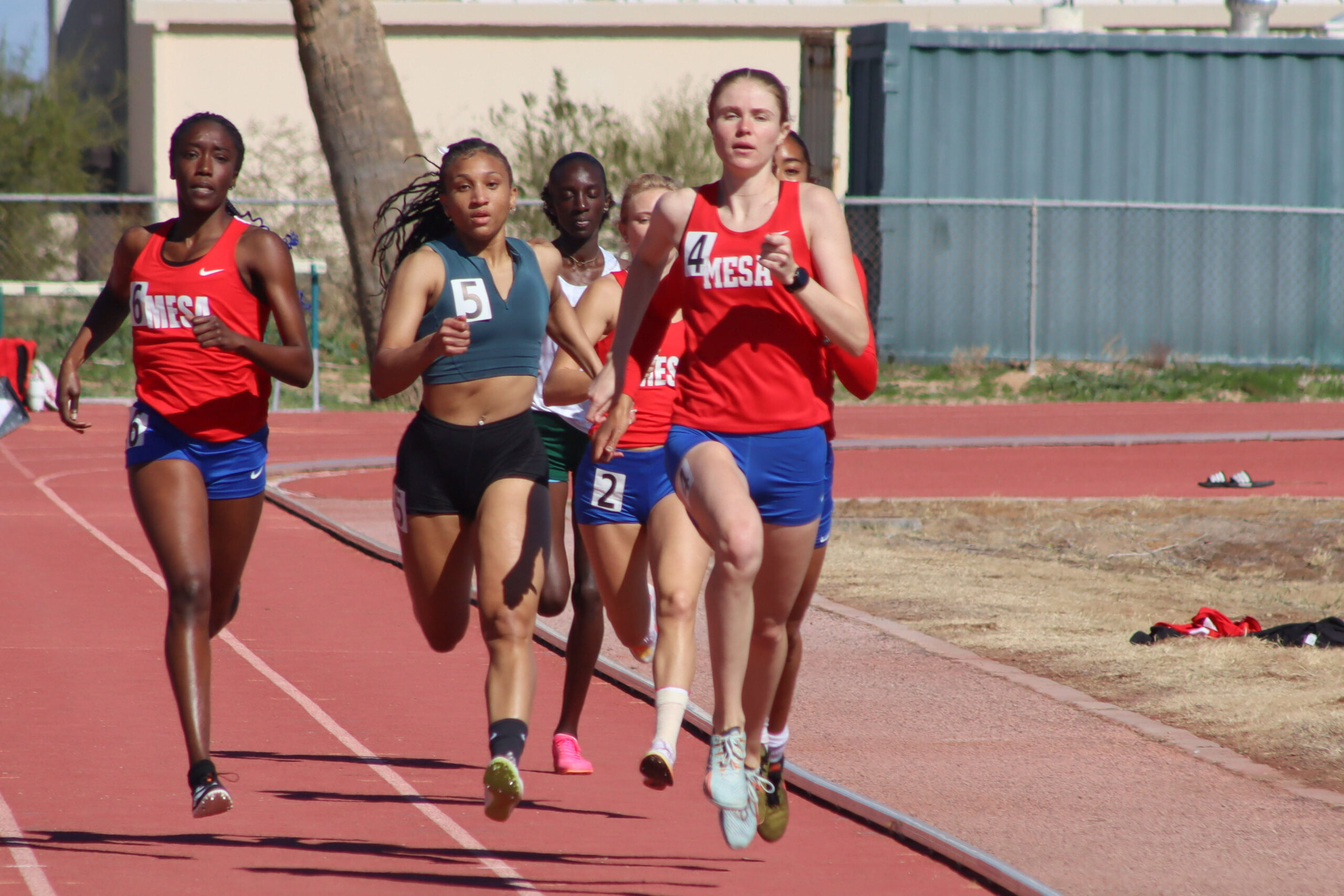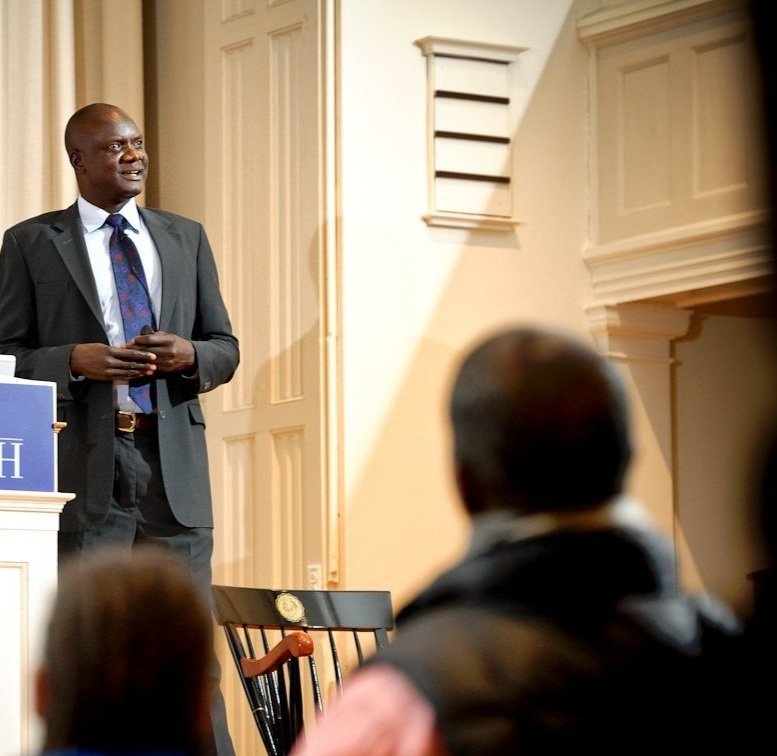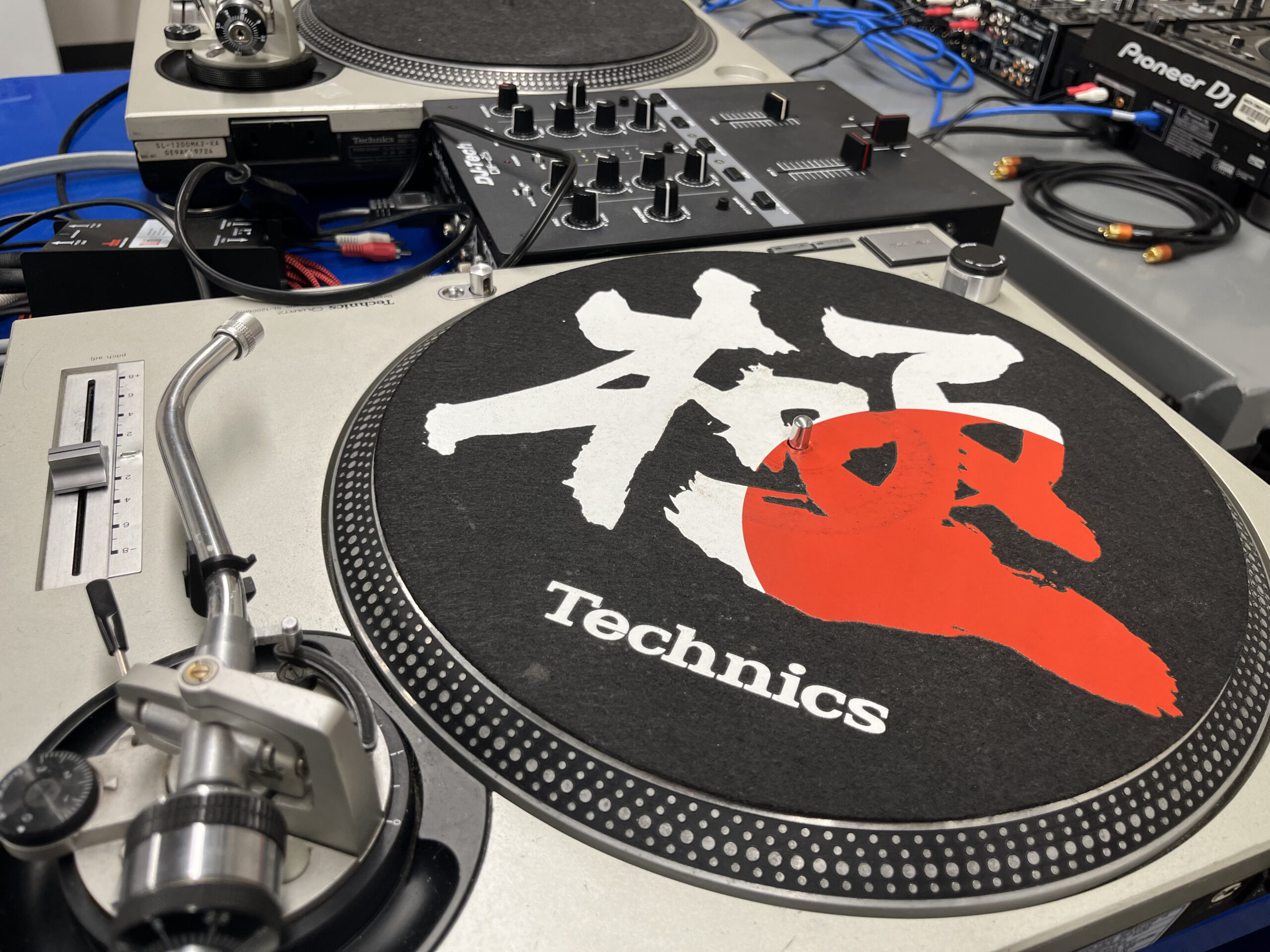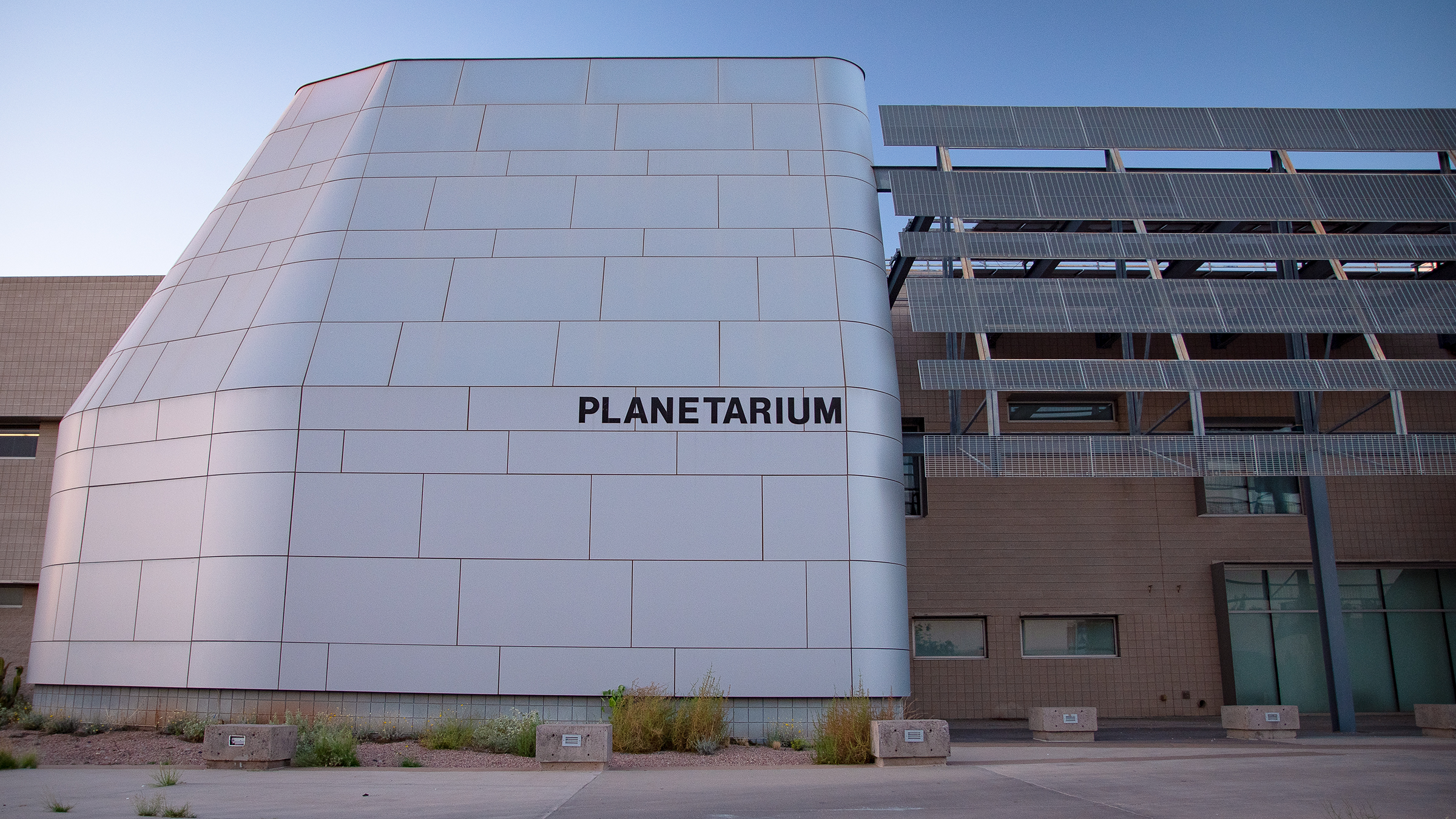Mosaic artwork flourishes at Mesa Community College
Josette Madonia
MesaCC Legend
 A collaboration across departments brings two projects together at Mesa Community College (MCC) based upon ancient Islamic art. In 2007, math faculty Madeline Chowdhury received a district grant to visit Granada, Spain to study the ancient tessellations that cover the Alhambra fortress. She then brought the designs to campus to begin a collaborative project with the art department. Tessellations are a pattern that completely covers a plane without gaps. The walls, floors and ceilings of the Alhambra and also the Alcazar palace of Seville are covered in tessellations. The key to both palaces that hold the ancient art and architecture of Islam were handed to Spain after the Crusades.
A collaboration across departments brings two projects together at Mesa Community College (MCC) based upon ancient Islamic art. In 2007, math faculty Madeline Chowdhury received a district grant to visit Granada, Spain to study the ancient tessellations that cover the Alhambra fortress. She then brought the designs to campus to begin a collaborative project with the art department. Tessellations are a pattern that completely covers a plane without gaps. The walls, floors and ceilings of the Alhambra and also the Alcazar palace of Seville are covered in tessellations. The key to both palaces that hold the ancient art and architecture of Islam were handed to Spain after the Crusades.
When Chowdhury returned she met with Linda Speranza, faculty of the art department, to set in motion a project that would create four murals. By 2008, two murals were placed in the Art/Communication and another two in the Mathematics and Computer Science buildings. The symmetry of the mosaics is based on mathematics group theory. Although the theory of higher mathematics could produce patterns, the team mimicked a couple of the classic designs. “We tried very much to stay with the techniques of not only the patterns but the firing techniques and the same clays that they used and the same glazes,” Speranza said.
The murals took an academic year to complete and were created with two experienced ceramics students. The tiles were fired in the kiln, a furnace for baking or drying pottery, several times. Warping of the tiles is part of the process and creates difficulty when fitting the pieces together. Speranza said they had to find tiles that would fit together and number them. According to Chowhdury, “They shrink two percent. I had to consider that when I was designing the template.” “So, when you put together a puzzle, you are trying to fit them together. So, if one’s off, then all of them will follow.” Chowdhury said this is an inherent flaw called “propagation of error.”
Chowdhury said she decided to try her hand at it again in 2017 when a fifth mosaic was installed on campus between the Mathematics and Computer Science building near the Life Science building. It was a full STEAM project and included the artwork of Geoff Coppola, at the time a student of MCC. The project included the math, art, and welding departments on campus as well as engineers and masonry. The shadows cast on the wall and ground from this mosaic are part of the design of the fifth installment. The installation with frame weighs 2.2 tons. Included in this is the tic-tac-toe pattern. It is not part of the art because the straps safeguard the installation.
Chowdhury said working across disciplines were both a challenge and the most rewarding aspect. “They [math, art, welding departments] are the experts in this. If we knew how to do this, we would be doing it ourselves. So, it’s that kind of subtlety that you have to do when working with others. How much to say, how little to say. How not to micromanage. How to let these artists be artists.”The mosaics are part of MCC’s Art Walk and can be found on the Art Walk map on the college’s website.
